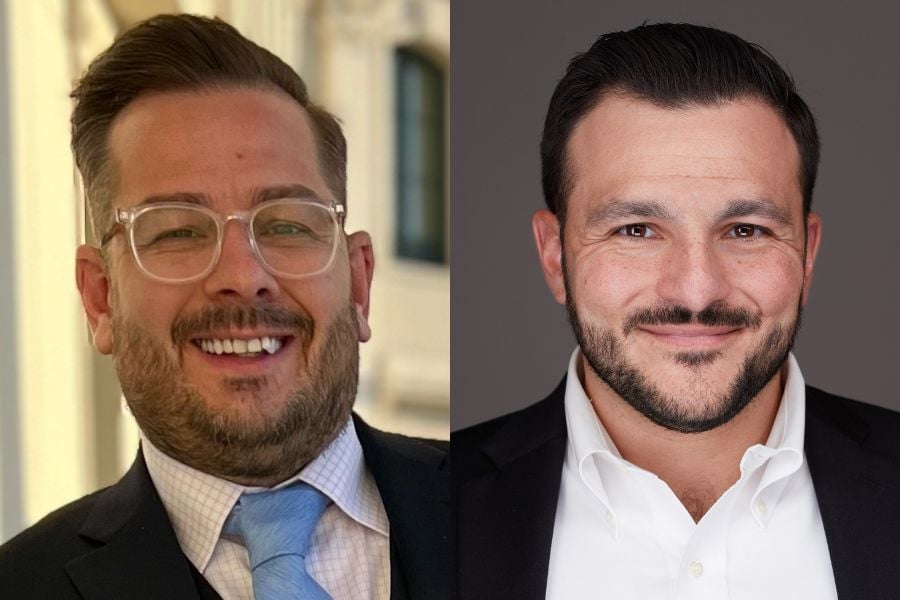

As more financial advisors go independent, David Settanni will attest that making the switch to the RIA space was one of the best things he did for his career.
“Being in the independent broker-dealer channel, I just felt that we didn't have any necessarily brand recognition,” said Settanni, who's advisor and chief financial officer at Settanni Financial, an independent RIA. “It was as if I was working in a wirehouse. So I said, ‘Well, we're already independent, why not become truly independent?’”
He added that going independent allowed him to have an entrepreneurial mindset, which helped him conceive programs at lower costs for clients.
It’s a familiar move for many other advisors as well. Cerulli announced Monday that independent and hybrid RIA channels experienced the largest year-over-year growth rate in advisor head count, a trend that holds true over the five- and 10-year periods.
Cerulli found that the number of independent RIA firms has grown at a compound annual growth rate of 2.4% over the last decade, while the number of advisors operating at independent RIAs has grown at a CAGR of 5.2% over the same period.
“Although the wirehouse channel dominates industry assets and average advisor productivity, the flexibility and higher payout percentages of independence are appealing to many advisors,” Andrew Blake, associate director of Cerulli, said in a release.
Settanni said most advisors are likely making the move to RIAs as they try to find a balanced response to the pressures they face from both clients and wirehouses.
“Clients are generally demanding lower fees. So we're trying to deliver [great investment products] to our clients and trying to work with them to potentially lower our fees,” he said. “But in the case of a wirehouse, they’re raising the cost for you to be an advisor.”
Michael Freeburg, founding member and CEO of Greenwich Wealth Management, said exchange-traded funds are one of the reasons why he went independent. He considers them an advisor’s best friend.
“The combination of the advent of exchange-traded funds and independent advice has made the registered investment advisory channel not only competitive, but it has given it advantages that far outweigh the large bank and broker,” he said.
Freeburg added that in the last decade, RIA firms have become the object of desire of private equity firms because of the fee-based model, in which advisors are getting paid on assets rather than commissions.
He advises against starting an RIA without having $100 million to $500 million in assets under management, though.
Cerulli projects that the independent and hybrid RIA channels will control nearly one-third of intermediary asset market share by 2027.
Harry Figgie, partner and wealth advisor at Greenwich, says that’s likely since there's nothing appealing about the bank and broker model.
“I think the open architecture of the independent model, the potential financial benefit and the ability to create equity value within your firm or as part of a larger firm is such a considerable financial motivation for people to leave the bank and broker model,” he said.

By listening for what truly matters and where clients want to make a difference, advisors can avoid politics and help build more personal strategies.

JPMorgan and RBC have also welcomed ex-UBS advisors in Texas, while Steward Partners and SpirePoint make new additions in the Sun Belt.

Counsel representing Lisa Cook argued the president's pattern of publicly blasting the Fed calls the foundation for her firing into question.

The two firms violated the Advisers Act and Reg BI by making misleading statements and failing to disclose conflicts to retail and retirement plan investors, according to the regulator.

Elsewhere, two breakaway teams from Morgan Stanley and Merrill unite to form a $2 billion RIA, while a Texas-based independent merges with a Bay Area advisory practice.
Orion's Tom Wilson on delivering coordinated, high-touch service in a world where returns alone no longer set you apart.
Barely a decade old, registered index-linked annuities have quickly surged in popularity, thanks to their unique blend of protection and growth potential—an appealing option for investors looking to chart a steadier course through today's choppy market waters, says Myles Lambert, Brighthouse Financial.
